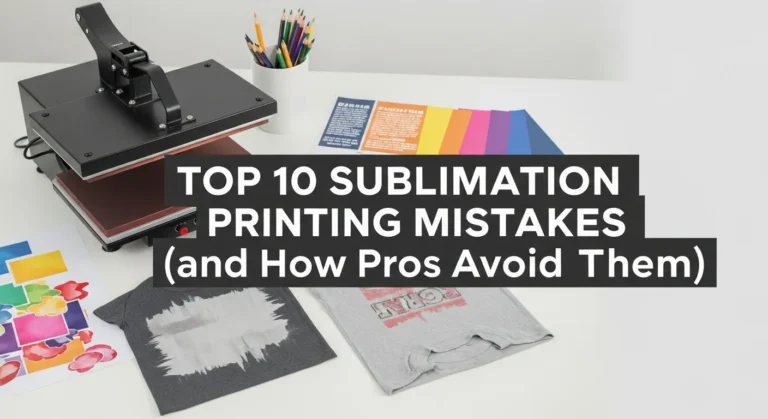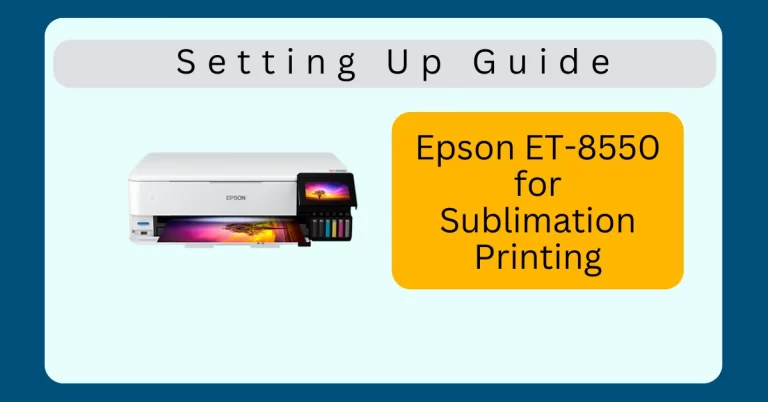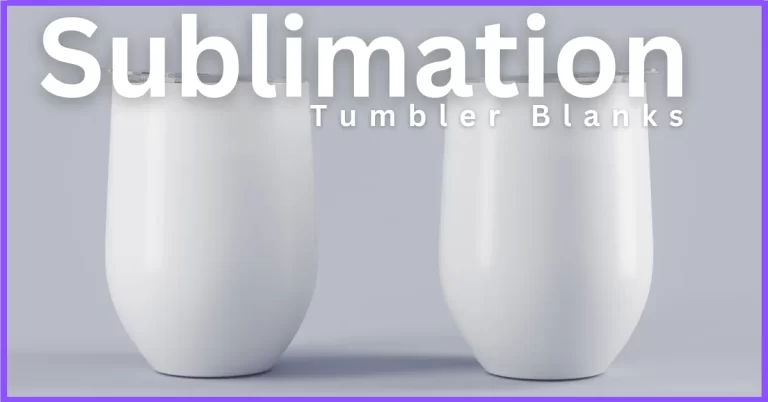Which Sentence Describes an Example of Sublimation?
Confused about scientific concepts like sublimation, energy transfer, or phase changes? Get clear examples and simple explanations to grasp complex topics easily.
If you’re a student and working on experiments or studying for a test, we’ll guide you through understanding chemical properties, energy conversions, and investigation techniques. Find answers that make science straightforward.
Sublimation might sound complex, but it’s a natural process you can see daily. Sublimation is when a solid changes directly into a gas without becoming a liquid first. Let’s include examples, interesting facts, and science news.
What Is a Good Example of Sublimation?
One of the most well-known examples of sublimation is dry ice. Dry ice, made of frozen carbon dioxide, transforms directly from a solid into carbon dioxide gas when exposed to room temperature. If you’ve ever seen that smoky fog effect at parties or in science demonstrations, that’s sublimation in action!
Other examples include:
- Snow disappearing without melting on a sunny but freezing day.
- Air fresheners that shrink over time, releasing their fragrance into the air.
- Iodine crystals, which when heated, change directly into a violet gas.

Here are 4 more examples of sublimation:
Sublimation Sentence Examples
Each sentence highlights different real-life moments when sublimation occurs, helping you easily spot the process. It helps to see how sublimation is used in context. Check example sentences:
- The dry ice sublimated rapidly, leaving no puddle behind.
- On cold, sunny days, snow sublimates, disappearing without melting.
- The solid air freshener sublimates slowly over weeks, leaving no residue.
Which Sentence Describes an Example of Sublimation Class?
In a class discussion, you might encounter a question like:
“Which sentence describes an example of sublimation?”
An ideal answer could be:
“The block of dry ice disappeared, turning directly into gas without any liquid.”
Sorting Energy Transfer Processes
Let’s compare sublimation to other energy-related changes to gain a better understanding. To transform the solid into a gas, energy absorption is necessary to break molecular bonds during sublimation. This is similar to melting, but not the same as the processes like freezing, which generate energy.
▲ = Energy Inflow ▼ = Energy Release
Sublimation is considered an endothermic reaction that absorbs energy when sorting processes based on energy transfer.
Sublimation Through Real-Life Examples
- Winter Frost:
- Imagine a crisp winter morning with frost on the grass and trees.
- As the sun rises, the frost disappears without melting into water.
- Example Sentence: “The frost on the grass disappeared directly into the air as vapor when the sun rose.”
- Dry Ice:
- Dry ice is solid carbon dioxide.
- At room temperature, it changes directly into carbon dioxide gas.
- Used for creating calm, smoky effects at parties and in stage shows.

Why Does Sublimation Happen?
Sublimation occurs under specific conditions, typically low pressure or when heat is applied to allow the solid to become a gas. Here’s a quick overview:
↘️ = Energy Reduction ↗️ = Energy Input
Practical Applications of Sublimation
- Food Preservation:
- Freeze-Drying:
- Food is frozen and then placed under low pressure.
- The frozen water in the food sublimates, preserving the food’s structure and nutritional content.
- Freeze-Drying:
- High-Purity Chemical Manufacturing:
- Purification:
- Sublimation can purify substances since impurities usually do not sublimate.
- This process separates the desired material from impurities.
- Purification:

Interesting Facts
- Fascinating Frost:
- Frost sublimation occurs because the sun’s energy provides enough heat for the ice to turn directly into vapor.
- Dry Ice Details:
- Dry ice sublimates at -78.5°C (-109.3°F), making it perfect for creating fog effects without leaving any liquid residue.
Sublimation in the News
- Advancements in Freeze-Drying Technology:
- Recent innovations have made freeze-drying more efficient and affordable, benefiting the food industry and pharmaceuticals.
- Environmental Impact of Dry Ice:
- Researchers are exploring eco-friendly alternatives to dry ice in various industries to reduce carbon footprints.

Which Sentence Describes an Example of Sublimation Brain or Qui?
Questions on sublimation often appear in quizzes (or “qui” for short) and learning apps, requiring quick thinking. Example questions might ask:
“Martina has a sample of dry ice that disappears without melting. Which sentence best describes this process?”
The answer: “The dry ice sublimates, transforming directly from a solid to a gas.”
This response shows how sublimation applies in real-world contexts, making it easy for students like Martina to grasp the concept.
What Happens to Water When It Changes to Ice?
Water undergoes freezing when it changes from liquid to solid, which is the opposite of sublimation. Freezing involves the release of energy, while sublimation requires energy absorption. Both are phase changes but involve different energy flows.
Other Related Investigations
When working on science projects, you might encounter questions like:
- “Which property of a substance can be determined using a pH indicator?”
pH indicators measure the acidity or alkalinity of a solution, giving insight into the substance’s chemical properties. - “Lyndon is investigating whether putting plastic on a cold surface changes temperature readings.”
This experiment would involve studying heat transfer, similar to how we analyze sublimation through energy absorption.
Comparing Sublimation to Other Phase Changes
Sublimation vs. Melting and Freezing
Sublimation
- Sublimation: Transition from solid to gas, skipping the liquid phase.
- Energy Requirement: Solid gains enough energy to bypass both solid and liquid intermolecular forces.
- Example: Dry ice (solid CO₂) sublimates directly into carbon dioxide gas.
Melting
- Melting: Process where a solid turns into a liquid.
- Energy Requirement: Requires energy to break solid-state bonds, but not enough to reach the gas phase.
- Example: Ice melting into liquid water.
In short, while melting involves an intermediary liquid phase, sublimation skips this phase entirely.
Why Freezing Is the Opposite of Sublimation
Freezing is indeed the opposite of sublimation, and here’s why:
- Freezing converts a liquid into a solid by removing heat, causing the particles to slow down and form a rigid structure.
- Sublimation works in reverse, where a solid gains heat to jump directly to the gaseous state, bypassing the liquid phase altogether.
In essence, freezing is a loss of energy to enter a more structured phase (solid), while sublimation requires a gain in energy to move to a less structured phase (gas).
Sublimation vs. Deposition
Reverse Process: Deposition Defined
- Deposition: The reverse of sublimation, where gas turns directly into a solid.
- No Liquid Phase: Skips the liquid state entirely.
- Example: Frost forms on windows as water vapor loses energy and becomes ice.
When Does Deposition Occur?
- Conditions for Deposition: Happens at low temperatures and high pressure.
- Energy Loss: Gas molecules lose energy and condense directly into a solid.
- Natural Occurrence: Common in below-freezing environments, where water vapor forms ice crystals directly.
Key Differences Table:
🔥↑ = Endothermic Process ❄️↓ = Exothermic Process ⏫ = Direct Transition
FAQs
In Subli Genius Print, we’re dedicated to transforming the wonders of science into practical solutions for your everyday needs. Our innovative uses in preservation and manufacturing allow us to bring the magic of sublimation to life through custom sublimation prints.
Ready to explore the power of sublimation for your next project? Visit Subli Genius Print today, and let’s create something unique together.
Have you ever noticed sublimation around you? How do you think it could benefit your personal or professional projects? Share your thoughts and experiences in the comments below!
University of California – Santa Barbara: ScienceLine on Sublimation
https://scienceline.ucsb.edu Explains the physics of sublimation and real-world examples like dry ice and iodine.





